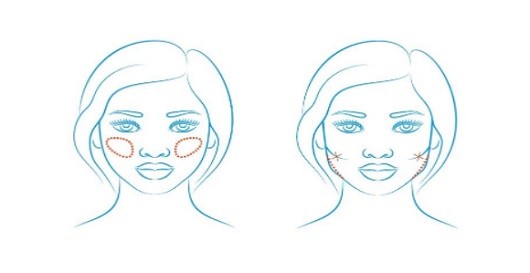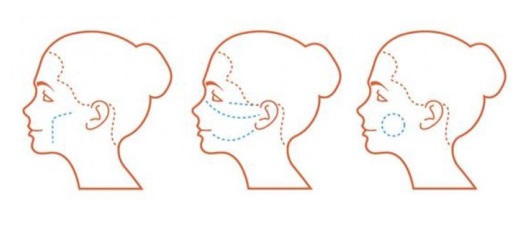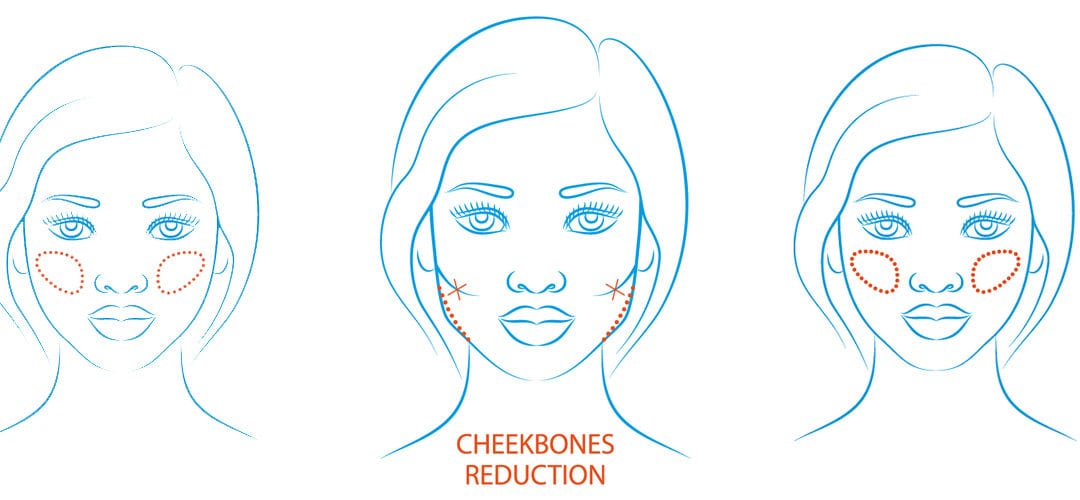In some people the cheekbones (or zygomatic bones) can be out of proportion, being either too high or too wide for the overall shape of their face. In these cases, cheekbone reductions can be carried out. Bone can be removed from and the contours of the cheek can be reshaped into a more attractive form.
WHO IS IT FOR?
People who feel that their cheekbones are too wide.
People who have been in accidents that caused some form of facial disfiguration.
People who have “sunken” parts of their cheeks or general issues with the contours of their face.
SUCCESS
Studies have found 96% patient satisfaction with the results of reduction surgery.
RECOVERY TIME
- Following surgery, patients should be able to leave the hospital within 24 hours and resume normal activities within three to four days.
- Full healing takes 4-6 months.
POTENTIAL SIDE EFFECTS
- Moderate post-operative pain is common, and infections are possible.
- Temporary changes to skin sensation are normal, but sensation may be affected on a long-term basis.
- Problems may arise regarding facial asymmetry, tightness around the mouth and weakened cheekbones. This may result in the need for further corrective surgery.

BEFORE TREATMENT
Qunomedical is your gateway to high-quality medical treatments and internationally-accredited clinics worldwide. We connect you with professionally-vetted physicians anywhere in the world and prepare personalized, free and non-binding treatment quotes for you. From booking your appointment to following up on your recovery, we offer continuous support throughout your medical journey, and are available 24/7.
DURING TREATMENT
During the procedure and hospital stay, expect a few side effects immediately after your procedure. Don’t expect to return home without any numbness or pain, and don’t panic if you experience these symptoms. They are completely normal aspects of the cheekbone reduction process.
It’s a good idea to have a few straws handy as well. After surgery, patients will not be able to eat solid foods immediately due to the intraoral incision. So, stocking up on smoothies or cold soups is a good idea.
AFTER TREATMENT
Don’t overextend your jaw and cheeks too much in the first week or two after surgery. It’s important to allow the cheekbones to heal, so keep meals simple and easy to eat. Avoiding alcohol is also a good idea, especially while the intraoral wound heals.
Don’t panic if the results aren’t immediately obvious. The final shape of your cheek contours takes time to settle down, and you won’t get a full impression of your new appearance until a few weeks after surgery.
Good oral hygiene is essential during the healing phase as the intraoral wound poses an infection risk, so be sure to use an antibacterial mouthwash.


